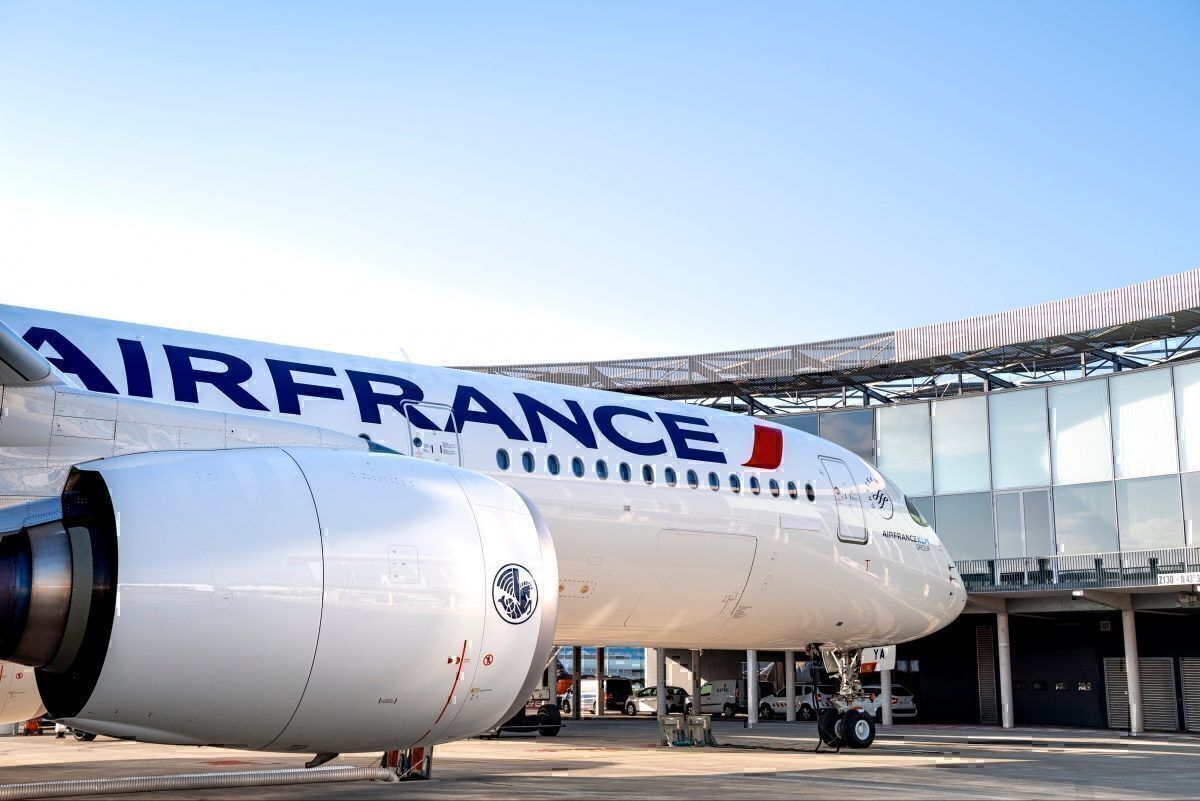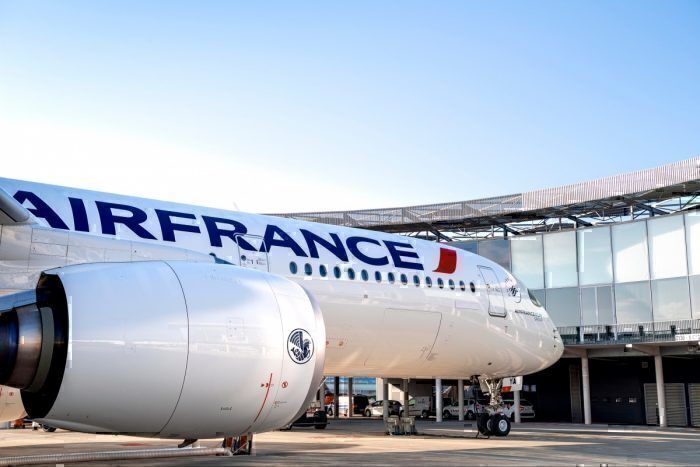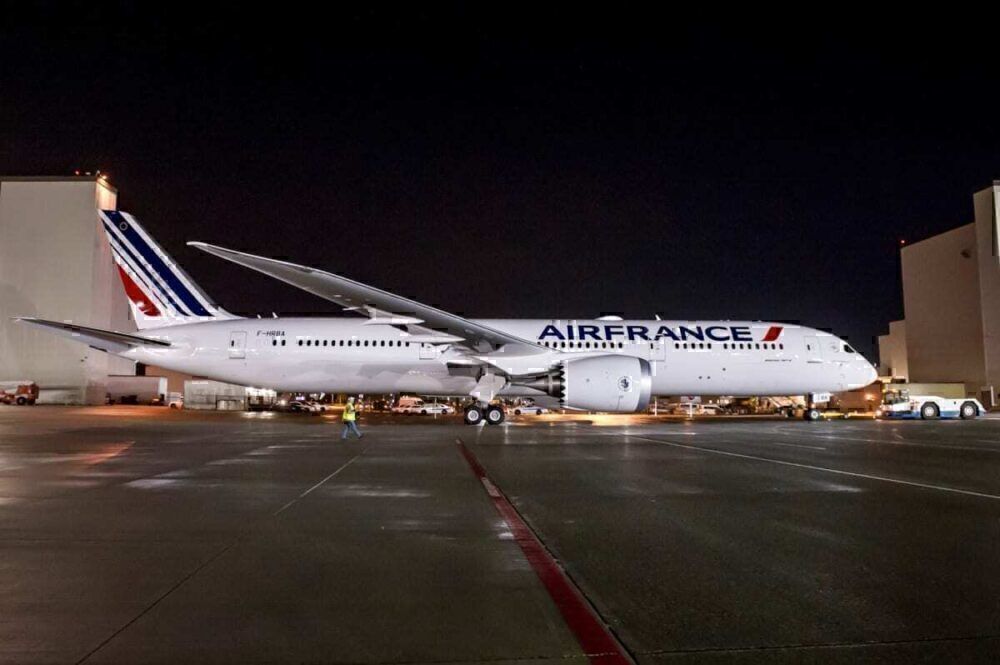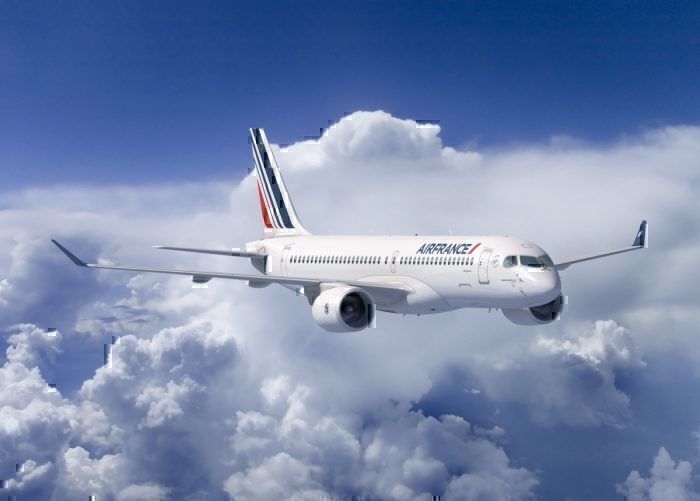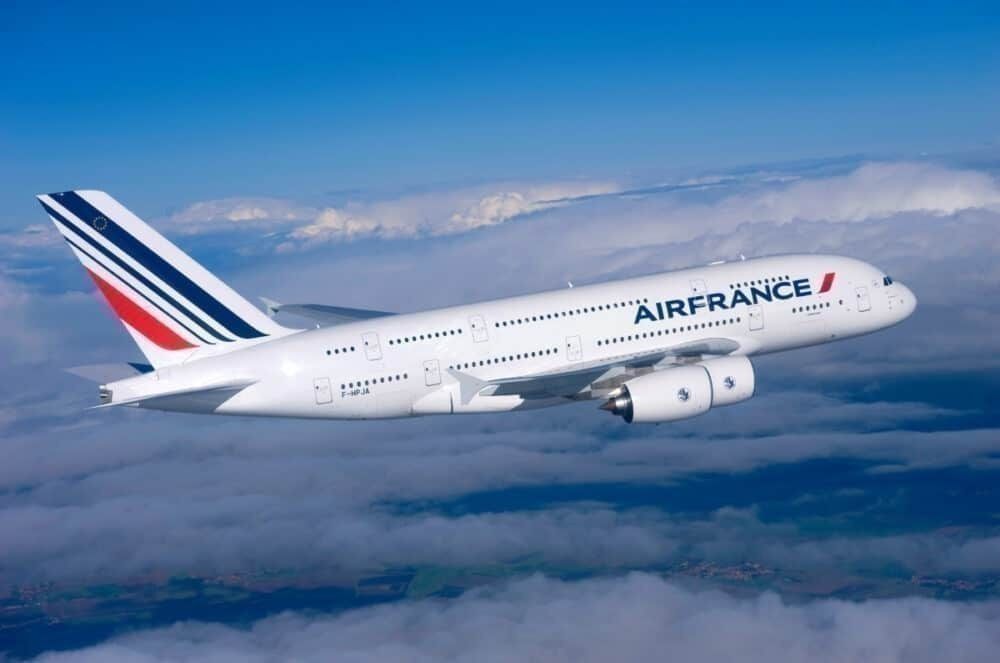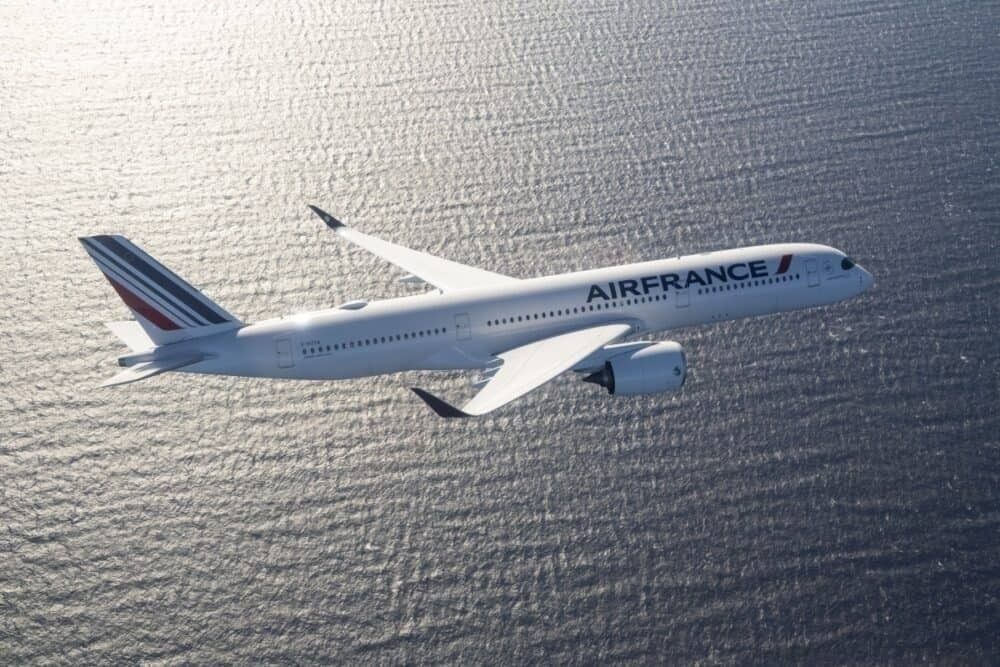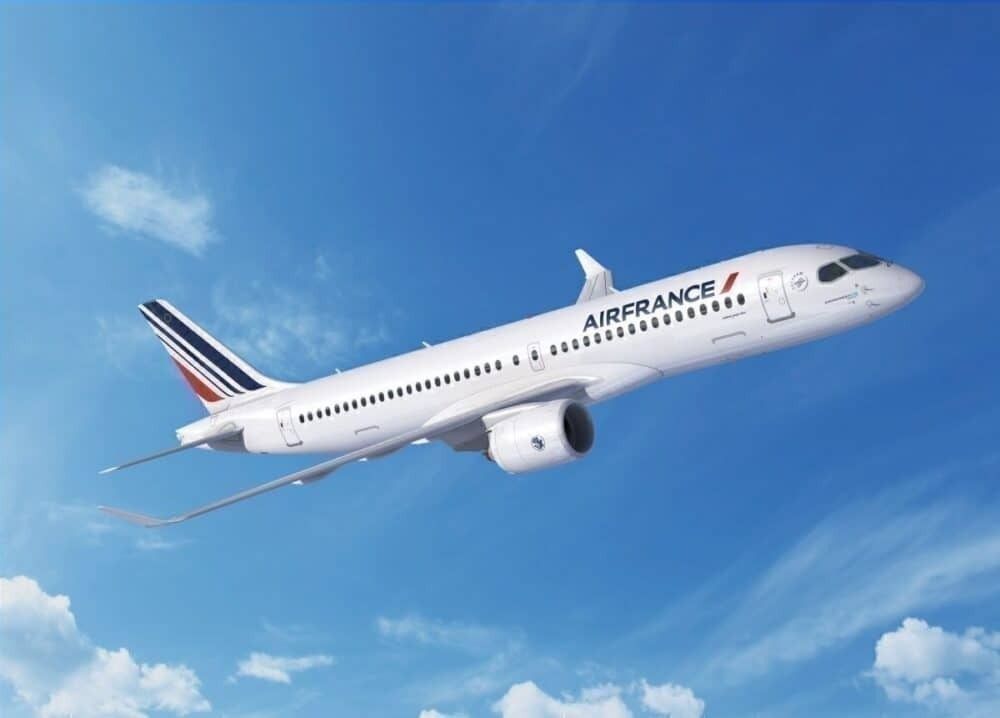Air France's decision to retire all of its A380s during this crisis means the airline suddenly has less capacity on offer. While this won't be a problem in the short term, due to the lack of demand, it makes Air France's future fleet plans important. So, what does the future hold for the Air France fleet? What type of aircraft is the airline looking to induct?
More uniform fleet
Air France already has a number of orders on the books with both Airbus and Boeing. For widebodies, the airline completed its 787-9 order just this week, while around 30 more A350s set to join the fleet.
Stay informed: Sign up for our daily aviation news digest.
However, last year Air France announced that is was swapping orders with partner KLM. The swap would see Air France's remaining 787-9 order of six planes, go to KLM, and KLM's order of seven A350s would go to Air France. This brings Air France's total A350 order to 38 aircraft.
While this does sound unique, it should be remembered that Air France and KLM merged in 2004, which means swapping orders is quite simple for the group. The change is order allows for both airlines to have a more uniform fleet and avoid having to train crews in both carriers.
KLM has already indicated that its long-haul future will be led by the 787, while Air France has done the same with its A350s, making it only sensible that each airline only operates the type they prefer. Overall, the swap makes it a lot more efficient for both carriers (although Air France will still operate a handful of 787s).
Narrowbody plan
When it comes to narrowbody aircraft, which it uses extensively on short- and medium-haul European routes, Air France is set to shake up its fleet. Currently, Air France operates an all-Airbus fleet of A318s, A319s, A320s, and A321s.
Starting from late 2021, if not delayed, Air France will begin retiring both the A318 and A319 in favor of the new A220. The airline has an order for 60 A220-300 aircraft, which will take over from the 51 A318s and A319s.
The A220's extensive range will allow Air France to use this aircraft on many medium-haul routes to the Middle East and Africa, in addition to European routes. The plane could even do some long-haul journeys across the Atlantic, reaching cities such as Montreal and New York. However, it is unlikely that the aircraft would be used on such a route.
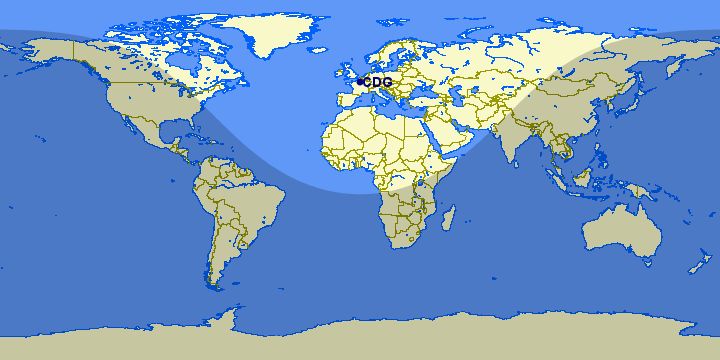 The range of the A220 from Paris Charles De Gaulle. Image: GCMaps
The range of the A220 from Paris Charles De Gaulle. Image: GCMaps
Air France is also looking to reduce its carbon footprint, as part of its bailout conditions. The airline will scale back domestic services and instead allow trains to take over on shorter routes, such as Paris to Lyon. This, in turn, could affect how large a fleet of narrowbody aircraft Air France operates in the future.
What about the A380?
With Air France's A380 now gone, the airline will need to look at planes to supplement capacity on many of its routes. As expected, Air France used its A380s on high-demand destinations, mostly in North America.
As things stand right now, Air France doesn't need high capacity aircraft to fly to the US, Mexico, China, or South Africa, and may not need it for many years. This means the airline could just stick to using A350s and 777s on most of these routes, adding a second service if demand does rapidly increase.
The most prominent aircraft in the Air France fleet is the 777, with 68 of the type in the fleet. However, the 777-200ERs are starting to show their age, averaging over 20 years, according to Planespotters. These planes are set to be replaced by the A350, which could also replace some of the older 777-300ERs.
For now, Air France is unlikely to look for an A380 successor like the A350-1000 or 777-9, relying on its current fleet. Seeing that demand is likely not returning to pre-pandemic levels for the next 2-3 years (barring a breakthrough vaccine or treatment), the airline is no rush to order new planes.
What will the fleet look like in 2025?
All of these plans represent a shift in Air France's previous strategy. While it's impossible to make an accurate prediction of what any airline's fleet will look like in five years nowadays, we can still try.
In terms of long-haul aircraft, Air France will likely cut down to just having the A330, A350, and 777-300ERs, along with a few 787s (if those aren't transferred to KLM by then). These planes will allow for all of the airline's medium- and long-haul routes across the globe, while eliminating older aircraft like the A340, A380, and 777-200s.
For narrowbodies, the A220-300 is well placed to take the role of the entire Air France short-haul fleet. While the plane will replace the A318 and A319, it could also replace some older A320s and A321s. The plane's long range could also help Air France eliminate older A330s, which service some medium-haul routes.
Air France also holds 60 options on the A220, allowing it to increase its order in the future. The airline is committed to its fall 2021 delivery dates, for now, ensuring it will join the fleet soon.
There also remains a clear push toward Airbus aircraft in the coming years, with the 777 likely being the last Boeing aircraft in the fleet. This is also a stipulation of the recent bailout, which needs Air France to be a "good customer" to Airbus. KLM, on the other hand, will continue to operate mainly Boeing aircraft, balancing out the carrier's relationship with both manufacturers.
How do you think Air France's future fleet will look? Let us know in the comments!

